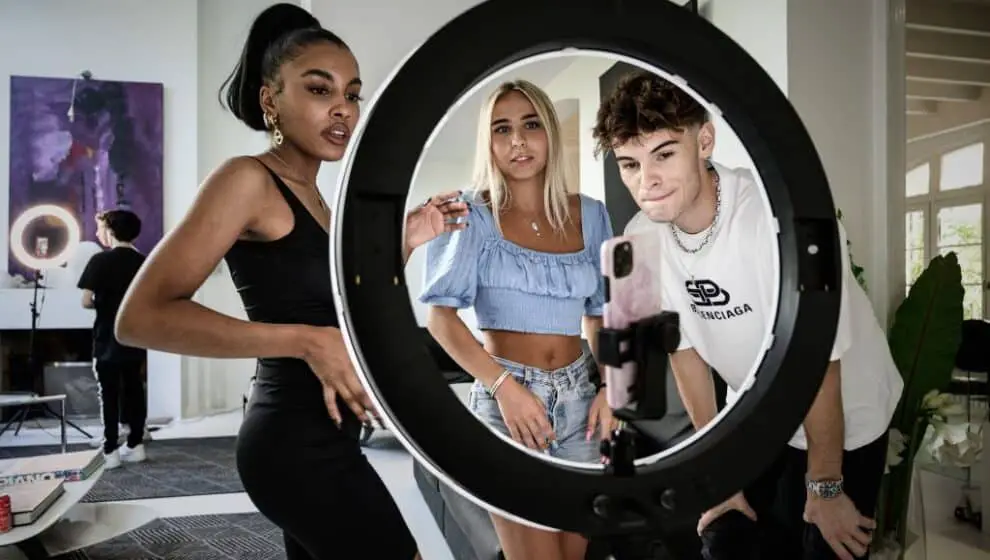TikTok’s new program Pulse is falling short of expectations of creators, who say that the program drastically underpays for content.
Key Details
- Last May, TikTok announced Pulse, a program allowing creators to share ad revenue with the social-media company. YouTube and Facebook have similar programs that are historically beneficial to content creators and companies.
- TikTok allows creators with at least 100,000 followers to participate in Pulse, where the company says it splits ad revenue equally.
- Similar programs through YouTube and Facebook give creators between 45% and 55% of revenue.
- The China-based social-media company reportedly made $11 billion in ad revenue in 2022, but content creators claim that the wealth has yet to be passed down to influencers.
- Fortune reported that it interviewed seven TikTok influencers. None of them have made more than $5 through Pulse.
Why it’s news
So far, there’s no explanation for why the content creators aren’t receiving much of a payout from Pulse. Videos that are part of the Pulse program are prominently featured in the social-media feed, and ads are included in the top 4% of all content across the feed.
One potential cause for the low return on investment could be that the program is better suited for major brands with massive social-media campaign budgets. President of marketing company EGC Group Nicole Penn explains that brands should be looking at a $500,000 investment to see desirable returns from the TikTok videos.
Despite the program predominantly favoring big brands, TikTok has recently lowered the minimum fee to enroll in the program to $500. While this could promote more participation in the program, a $500 budget isn’t much to work with in the world of advertising.
While TikTok is currently popular among young social-media users, the app needs to cultivate a successful roster of influencers to stay relevant and continue producing popular content. Unlike its competitors, it has struggled to keep influencers.
TikTok’s competitors have held onto creators by making it lucrative for influencers to use their platform. In 2020, TikTok launched its Creator Fund, but its results have been less than expected. Prominent creators like MrBeast have expressed disappointment in low payouts, Fortune reports.
If influencers and content creators can’t depend on TikTok for a steady income, the video-sharing app is in danger of losing active users on the platform. Competitors already have plans in the works to entice influencers away from TikTok.
YouTube will soon start allowing creators to share ad revenue through its Shorts content—videos in a similar format to TikTok. Facebook and Instagram are also testing ways to compensate creators for their videos.
